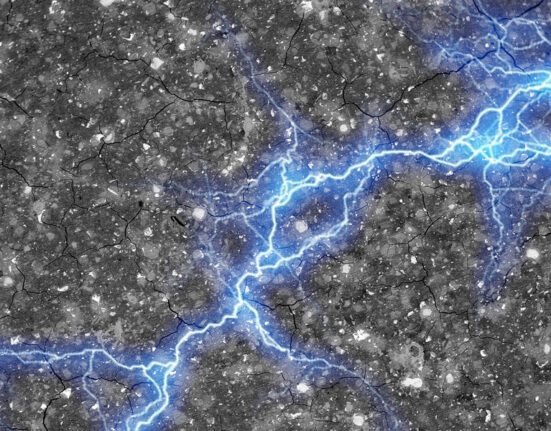Miracle Tandem solar cells to improve efficiency by 50%/Image by tawatchai on Freepik
HQ Team
May 26, 2023: A South Korean firm, Hanwha Qcells, announced an investment of $100 million to roll out a next-generation solar cell technology, which will be 50-75% more efficient compared to standard solar cells.
The Seoul-based company will manufacture the world’s first perovskite-silicon tandem solar cells. The production of tandem solar cells combining silicon with perovskite — a semi-conducting crystal that absorbs sunlight — follows years of academic research with the mineral, hailed as a “miracle material.”
“With a global R&D network spanning from Korea, Germany and the U.S., Qcells will ramp up its efforts to produce high-efficiency advanced tandem cells,” said Qcells CEO Justin Lee.
The current world record for solar cell efficiency is 32.5 per cent, achieved with a perovskite-silicon tandem cell in December 2022.
By comparison, China’s Longi Green Energy Technology Co. — the world’s biggest solar firm by market value — set a new world record for silicon cell efficiency at 26.81% last November.
Perovskite tandem solar cells
The traditional silicon-based solar cells are currently only capable of reaching around 22 per cent solar energy-producing efficiency.
So what are these perovskite tandem solar cells?
Perovskite tandem solar cells are a type of advanced solar cell technology that combines perovskite materials with traditional silicon-based solar cells. Perovskite refers to a class of materials with a unique crystal structure that can efficiently absorb sunlight and convert it into electricity.
In tandem solar cells, perovskite is used as a top layer to absorb high-energy photons, while the underlying silicon layer absorbs lower-energy photons. This tandem structure allows for more efficient energy conversion by utilizing a broader spectrum of sunlight.
Qcells has so far succeeded in developing a tandem perovskite solar cell with a 29.3 per cent efficiency, which was achieved earlier this year in collaboration with German research centre Helmholtz-Zentrum Berlin.
The results were verified by the US Department of Energy’s National Renewable Energy Laboratory (NREL).







